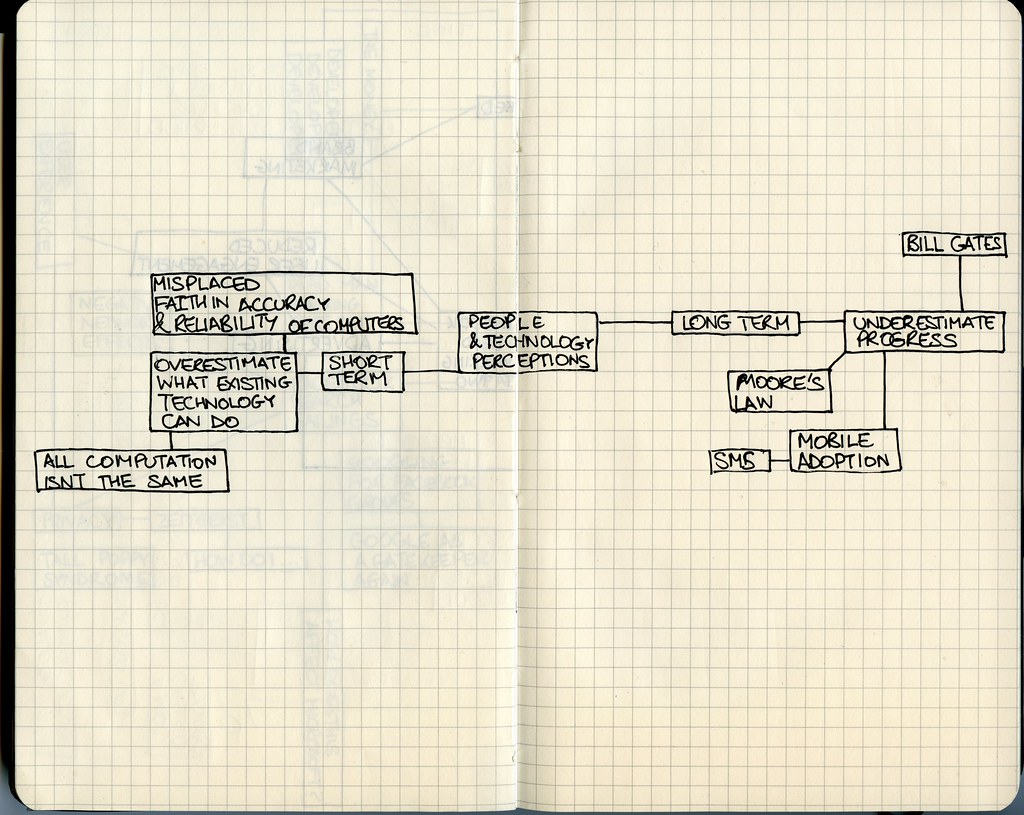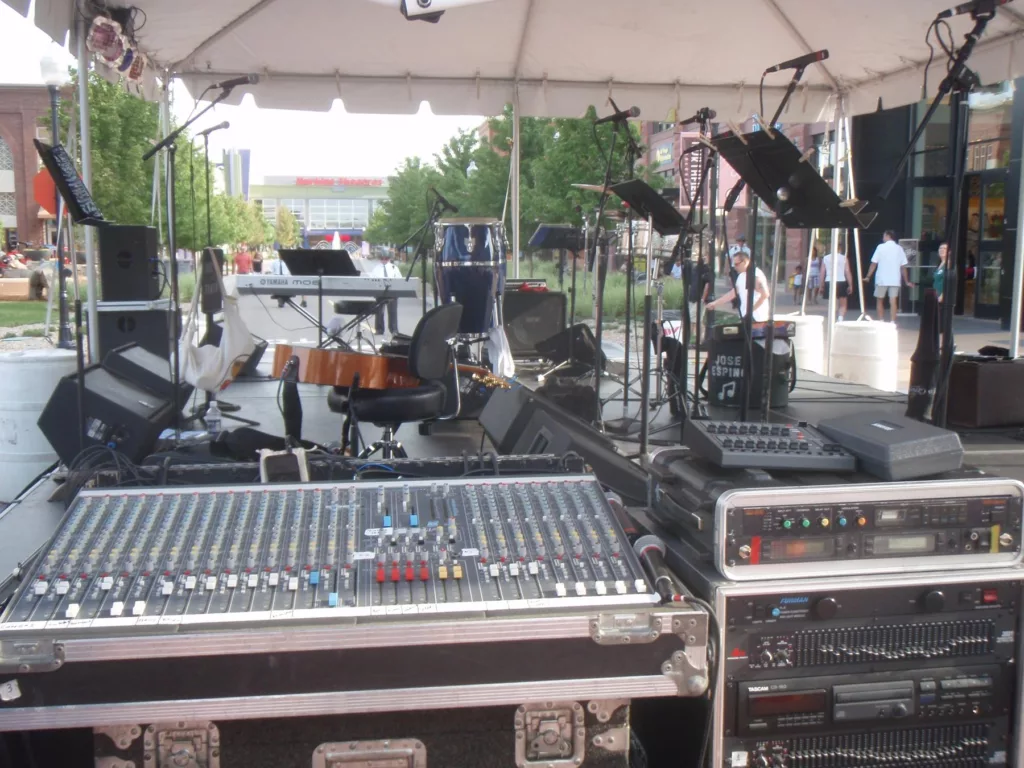Are you tired of lackluster audio quality? Do you want to take your listening experience to the next level? Look no further than a high-level input subwoofer. Whether you’re a music lover or a movie buff, this technology can revolutionize the way you hear sound. In this blog post, we’ll explore the world of high-level input subwoofers and how they can boost your audio game. Get ready to experience sound like never before!

What is a High-Level Input Subwoofer and Why Do You Need One?
A high-level input subwoofer is an audio device that enhances and amplifies the low-frequency sounds in your home theater or music system. Unlike traditional subwoofers, high-level input subwoofers are designed to connect directly to your amplifier’s speaker terminals, rather than using RCA cables. This makes them ideal for older systems that lack RCA outputs or for those who want a simpler setup process.
One of the main benefits of using a high-level input subwoofer is its ability to provide more power and clarity to your audio system. By boosting the bass frequencies, you can achieve a fuller and richer sound quality, which is especially important when watching movies or listening to music with heavy basslines.
Another advantage of a high-level input subwoofer is its versatility. With multiple inputs and adjustable settings, it can be customized according to your specific needs and preferences. Plus, many models come with built-in crossovers that help filter out unwanted frequencies, resulting in clearer audio output.
Overall,a high-level input subwoofer is an essential component for anyone looking to improve their home theater or music experience with deeper basses and superior sound quality.

How to Choose the Best High-Level Input Subwoofer for Your Audio System
When choosing a high-level input subwoofer, there are several factors to consider. First and foremost, you need to determine the size of your room as well as the power output of your current audio system. This will help you select a subwoofer that is powerful enough to handle your needs.
Next, pay attention to the frequency response range of the subwoofer. You want it to be able to produce clear and accurate low frequencies without distorting or overpowering other sounds in your audio mix.
Another important consideration is whether you want a passive or active high-level input subwoofer. Passive subs require an external amplifier for power, while active subs have built-in amplifiers and can be connected directly to your audio system.
Finally, think about any additional features that may benefit your specific needs such as adjustable crossover frequency control or remote control capabilities for convenient adjustments from afar. By taking these key factors into account, you can choose the best high-level input subwoofer to elevate your audio game.
Installing Your High-Level Input Subwoofer: A Step-by-Step Guide
Before installing your high-level input subwoofer, it’s important to gather all necessary tools like a screwdriver, wire cutters/strippers, and electrical tape. Start by turning off the power source to your audio system and unplugging all components.
Next, identify the positive (+) and negative (-) speaker wires in your existing audio setup. Cut these wires on both sides of where you plan to install the subwoofer. Strip about half an inch of insulation from each end of the newly-cut wires.
Connect one end of each wire to the corresponding terminals on the high-level input subwoofer. Use the manufacturer’s instructions or labeling on the back panel as a guide for proper connection.
Finally, connect the other ends of each wire back into their respective terminals on your amplifier or receiver. Double-check that all connections are secure and insulated with electrical tape if needed.
Overall, installation is relatively straightforward but if you encounter any difficulties referring to manufacturer’s instructions can be helpful. Once installed properly, enjoy improved bass response with deeper lows and richer sound quality throughout your space!

The Benefits of Using a High-Level Input Subwoofer for Your Home Theater
Enhancing Your Home Theater Experience with a High-Level Input Subwoofer
A high-level input subwoofer can greatly enhance your home theater experience by providing deep and powerful bass that can be felt as well as heard. With its ability to handle high-level signals, this type of subwoofer can deliver a more dynamic and realistic sound that will immerse you in your favorite movies and music.
To get the most out of your high-level input subwoofer, it’s important to position it correctly in your room and adjust the settings to match your preferences. Experiment with different placement options and crossover frequencies to find the sweet spot that delivers the best sound for your space.
Overall, investing in a high-level input subwoofer is a smart choice for anyone looking to take their home theater experience to the next level.
The Science Behind High-Level Input Subwoofers and Audio Quality
High-level input subwoofers are designed to provide a better audio experience for your home theater. The science behind these subwoofers lies in their ability to receive signals directly from the amplifier, which results in a cleaner and more accurate sound. This is because high-level input subwoofers use the same signal that is sent to the main speakers, ensuring that the bass frequencies are perfectly aligned with the rest of the audio. Additionally, high-level input subwoofers have a higher signal-to-noise ratio, which means that there is less distortion and interference in the audio signal. By using a high-level input subwoofer, you can enjoy a more immersive and powerful audio experience in your home theater.
Choosing the Right High-Level Input Subwoofer for Your Home Theater Setup
When choosing the best high-level input subwoofer for your home theater setup, it’s important to consider a few key factors. First, make sure the subwoofer is compatible with your existing audio system and has the appropriate power handling capabilities to deliver the bass you desire. Additionally, consider the size and placement of the subwoofer in your room to ensure optimal sound quality. Look for features such as adjustable crossover settings and phase control to fine-tune the subwoofer’s performance. With the right high-level input subwoofer, you can elevate your home theater experience with deep, immersive bass that brings movies and music to life.
Maximizing Your Audio Performance with a High-Level Input Subwoofer: Tips and Tricks
To get the most out of your high-level input subwoofer, there are a few tips and tricks you can use to maximize your audio performance. First, make sure to properly calibrate your subwoofer with the rest of your audio system. This will ensure that the bass is balanced and not overpowering. Additionally, consider placing your subwoofer in a corner or against a wall for optimal sound projection. Experiment with different placement options to find the best spot for your specific room and setup. Finally, don’t be afraid to adjust the settings on your subwoofer to fine-tune the sound to your liking. With these tips, you can take full advantage of the benefits of a high-level input subwoofer in your home theater.

Troubleshooting Common Issues with High-Level Input Subwoofers
Identifying Common Issues with High-Level Input Subwoofers
Grounding issues and noise interference are the most common problems encountered when using high-level input subwoofers. Grounding issues can cause buzzing or humming sounds, while noise interference produces crackling or popping noises. Additionally, improperly wired connections, incorrect polarity settings, and insufficient power supply may also lead to performance issues. It’s important to check all connections thoroughly and ensure proper grounding to avoid these problems. If the issue persists, adjusting gain levels or seeking professional assistance from a knowledgeable audio technician may be necessary for optimal performance of your high-level input subwoofer.
Troubleshooting Connection Problems in High-Level Input Subwoofers
To ensure optimal sound quality, it’s crucial to troubleshoot any connection problems with your high-level input subwoofer. First and foremost, check that all cables are securely plugged into the correct ports on both the subwoofer and audio receiver. If the issue persists, try using a different cable or testing the current cable with another device. Another common problem is incorrect wiring of speakers or mismatched impedance levels. Be sure to consult your user manual for guidance on proper installation and compatibility. Remember to also check for any software updates or settings adjustments that may affect performance.
Diagnosing Audio Distortion and Noise in Your High-Level Input Subwoofer
If you’re experiencing audio distortion or noise in your high-level input subwoofer, there are a few things you can check. First, make sure that all of your connections are secure and that there are no loose wires. If the issue persists, try adjusting the gain or volume levels on your subwoofer or amplifier. You may also want to check for any interference from other electronic devices in your home. If none of these solutions work, it’s possible that your subwoofer may be damaged and may need to be repaired or replaced.
Preventing Overheating and Other Technical Failures in Your High-Level Input Subwoofer
To prevent overheating and other technical failures in your high-level input subwoofer, it’s important to regularly check the wiring connections. Loose or damaged wires can cause issues with the subwoofer’s performance and even damage the device over time. Make sure to keep your subwoofer well-ventilated, as overheating is a common problem with audio equipment that isn’t properly cooled. Additionally, be wary of pushing your subwoofer beyond its limits during use – this can cause distortion or lasting damage. By taking these simple precautions, you can ensure that your high-level input subwoofer operates smoothly for years to come.

Enhancing Your Audio Experience: Tips and Tricks for Maximizing Your High-Level Input Subwoofer
It’s no secret that a high-level input subwoofer can really elevate your audio experience. But there are some tips and tricks you can use to maximize the impact of this powerful addition to your sound system.
First, positioning is key. Experiment with different locations in the room until you find the spot where your subwoofer sounds best. It may require some trial and error, but it will be worth it once you hear the difference.
Secondly, consider investing in soundproofing materials for your home theater or listening room. This will help eliminate unwanted echoes and vibrations that can diminish the clarity of your music or movies.
Finally, don’t forget about calibration. Take advantage of any built-in features on your subwoofer or receiver to fine-tune its output levels and settings. And if all else fails, consult an expert who can help ensure everything is optimized for maximum performance.
With these tips in mind, you’ll be well on your way to getting the most out of your high-level input subwoofer and enjoying a truly immersive audio experience every time you listen!
In conclusion, a high-level input subwoofer can greatly enhance your audio experience and take it to the next level. With its ability to pick up on even the slightest signals from your amplifier, you can achieve a clearer and more powerful sound quality that will leave you amazed. Remember to choose the best option for your specific needs, carefully follow installation instructions, troubleshoot any issues that may arise, and use tips and tricks to maximize your subwoofer’s potential.
At [Business Name], we are dedicated to providing informative technology articles like this one. Be sure to check out our other content for valuable tips on how to improve various aspects of your daily life with cutting-edge innovations!
Common Questions
Who can benefit from a high level input subwoofer?
Anyone who wants to add bass to their car audio system.
What is a high level input subwoofer?
A subwoofer that connects to a speaker-level output instead of a preamp output.
How do I install a high level input subwoofer?
Connect the subwoofer wires to your car’s speaker wires.
Who makes the best high level input subwoofers?
There are many great brands, such as JL Audio and Kicker.
What if my car doesn’t have a preamp output?
A high level input subwoofer is the perfect solution.
How does a high level input subwoofer compare to a low level input subwoofer?
A high level input subwoofer is easier to install and can work with any car audio system.

